10 April 2017
O marks the spot for magnetic reconnection
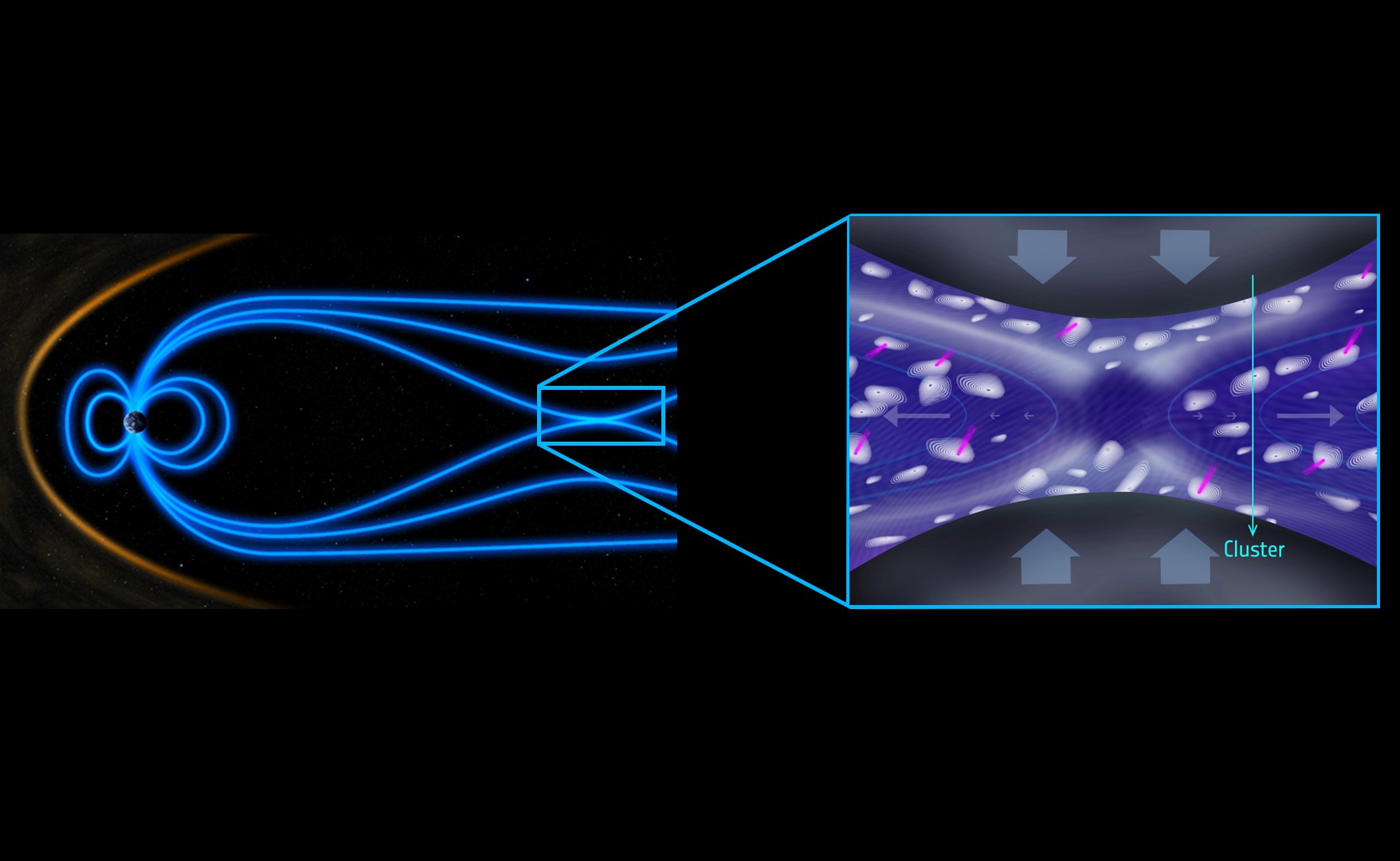
ESA’s Cluster mission is challenging the current view of magnetic reconnection – the breaking and immediate rearrangement of magnetic field lines in the collision of two plasma flows. According to a new study, most of the energy dissipated during a reconnection event is not released at the crossings, or X-lines, between the two plasma flows but rather in swirling vortices, or O-lines, where magnetic field lines bundle up and spiral together. The new finding, which contradicts the accepted consensus, is an important step in the process of understanding the mechanisms that accelerate particles in space plasma.
7 April 2017
Scientists uncover isotopic fingerprint of nitrous oxide emissions from Arctic tundra
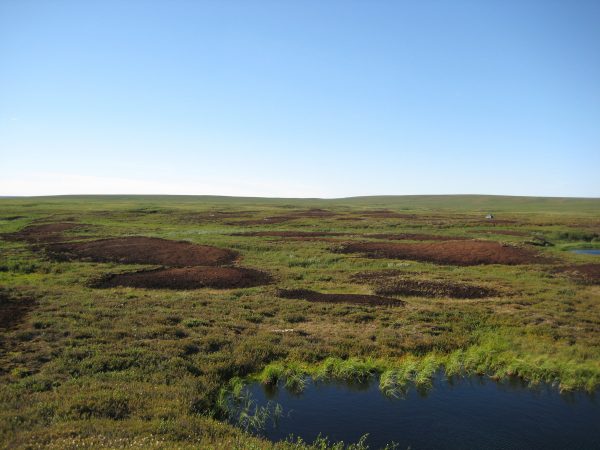
A new study presents, for the first time, the isotopic fingerprint of nitrous oxide produced by Arctic soils. The finding opens new avenues for predicting future trends in atmospheric nitrous oxide as well as in identifying climate change mitigation actions in the Arctic, a region that is particularly sensitive to climate change.
5 April 2017
Research links decline in hemlock forests to changes in water resources

An insect infestation killing hemlock trees in New England is having a significant impact on essential water supplies in one of the nation’s most populous regions, a new study finds. The study is the first to show an increase in water yield, the amount of water reaching streams and rivers, resulting from forest damage caused by an insect pest called the hemlock woolly adelgid.
4 April 2017
Impending weak solar activity could expose aircrews to higher radiation levels
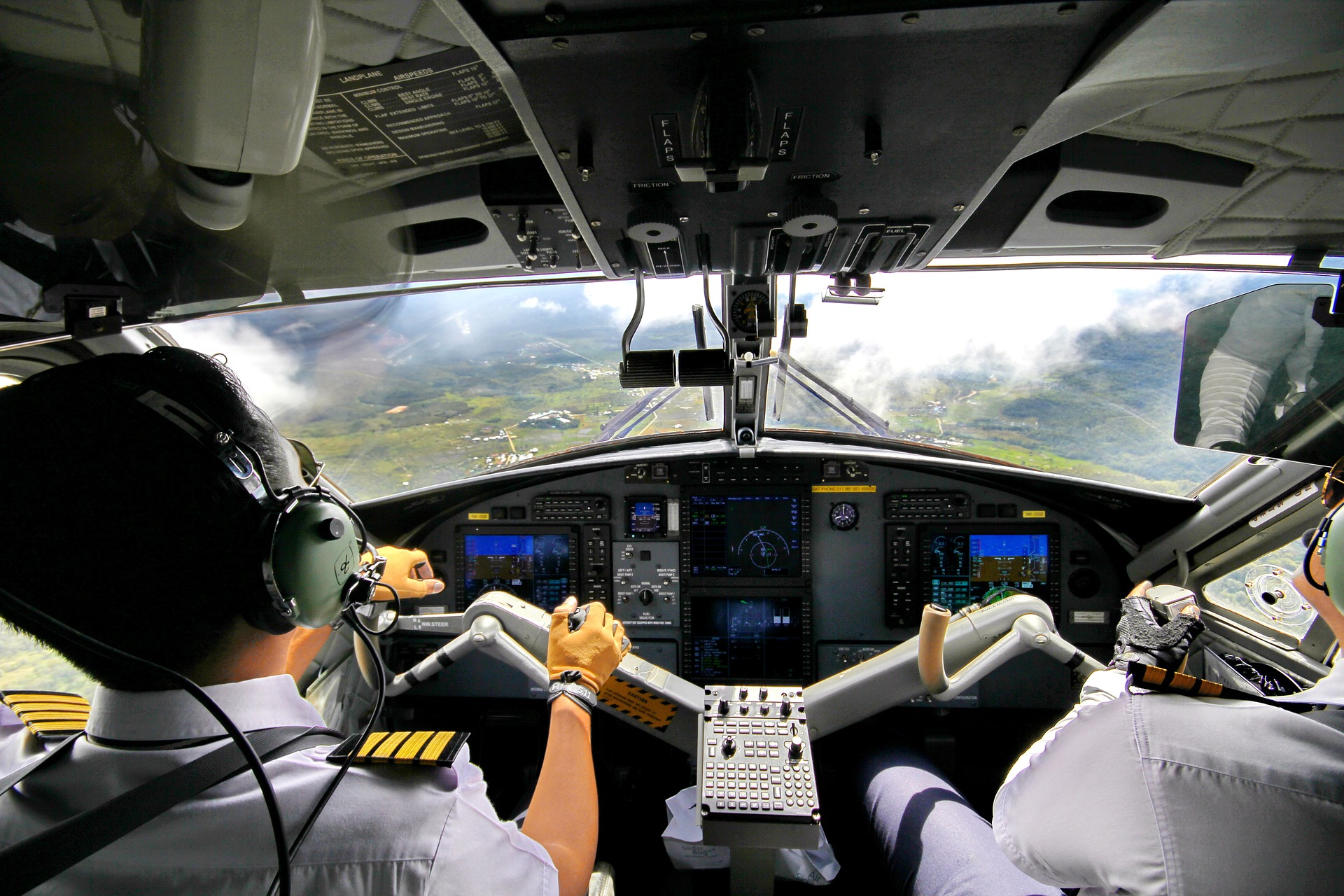
Aircrews and frequent fliers may soon experience an uptick in radiation exposure due to the upcoming low point in the solar cycle, when weak solar activity provides less protection against cosmic rays entering the atmosphere.
3 April 2017
Untangling Uranus’s topsy-turvy magnetosphere
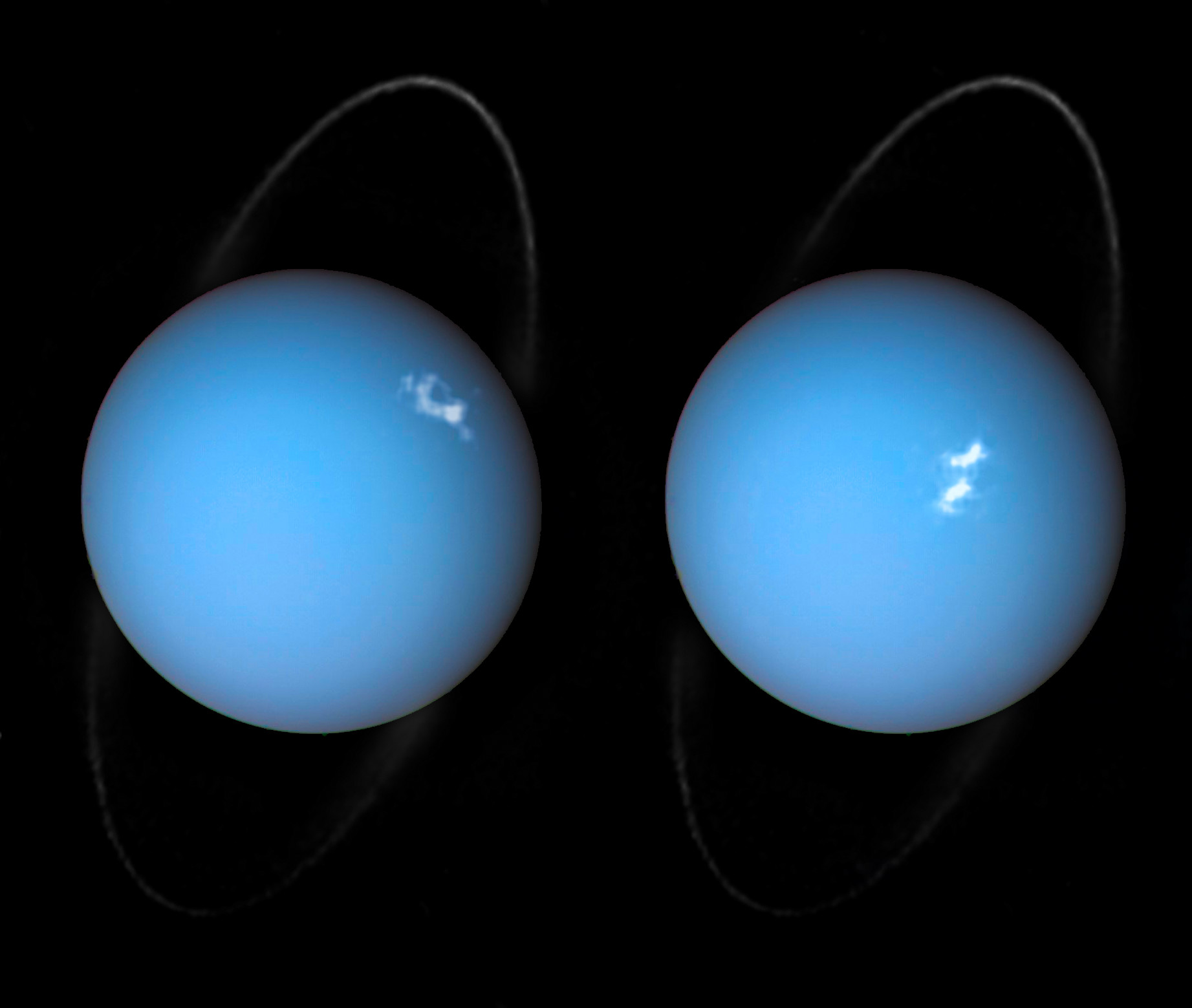
New observations of Uranus being buffeted by shock waves from the sun have revealed auroral activity and fresh clues to the workings of the seventh planet’s unusual magnetosphere, the region of space dominated by its magnetic field.
30 March 2017
Lightning could be sending powerful electromagnetic radiation into space

During a thunderstorm, lightning that hits the ground may be shooting powerful electromagnetic radiation skyward. At least that is the new theory from a physicist in China who specializes in laser-plasma interactions.
29 March 2017
New study shows how impacts generated Martian tsunamis

A study published last year interpreted images of the red planet and suggested the deposits were made by impact-generated tsunamis more than 3 billion years ago. In a new study, Costard and his colleagues independently build on that work by including the geological characteristics of the deposits and modeling how impact-generated tsunamis could have created them. They conclude the deposits may have come from asteroids slamming into a northern ocean billions of years ago, generating waves 300 meters (nearly 1,000 feet) high.
24 March 2017
Study shows as US drilling surged, methane emissions didn’t
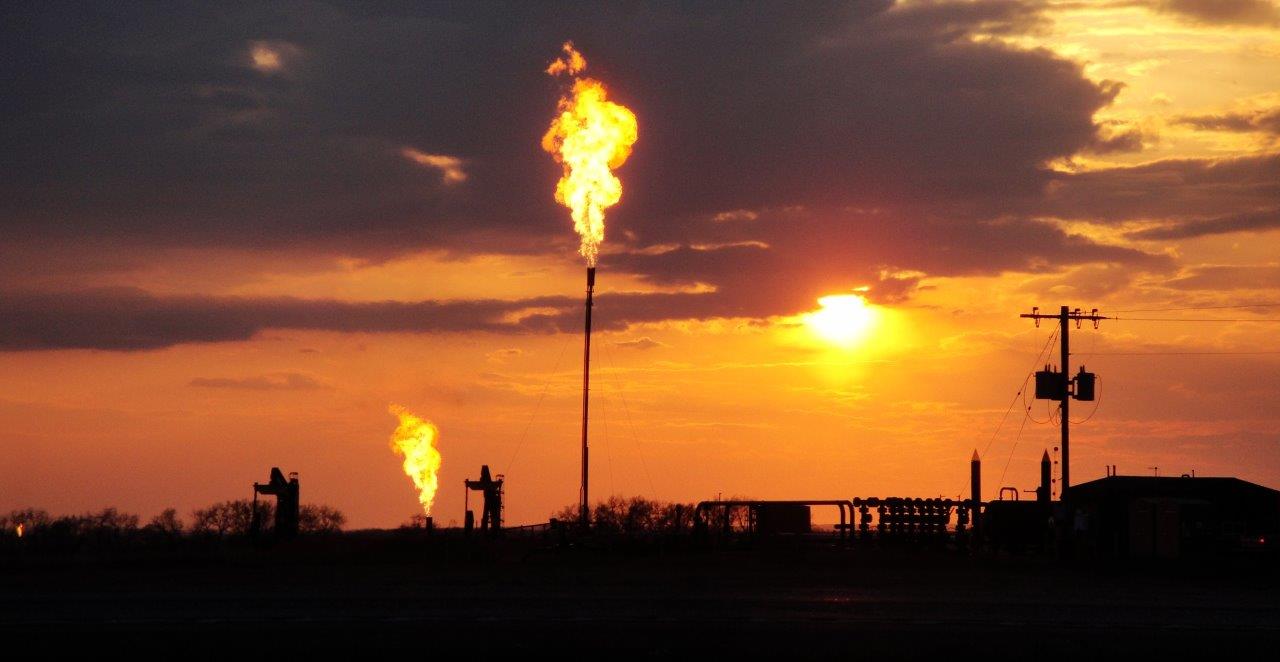
A new study shows U.S. methane emissions did not grow significantly from 2000 to 2013 and are not likely to have been an important driver of the increase in atmospheric methane levels observed worldwide after 2007, as other studies have suggested. The new study provides additional insight into a question that has puzzled scientists for the past decade: what has been causing the increase in global methane levels since 2007?
22 March 2017
Ice in Ceres’ shadowed craters linked to tilt history
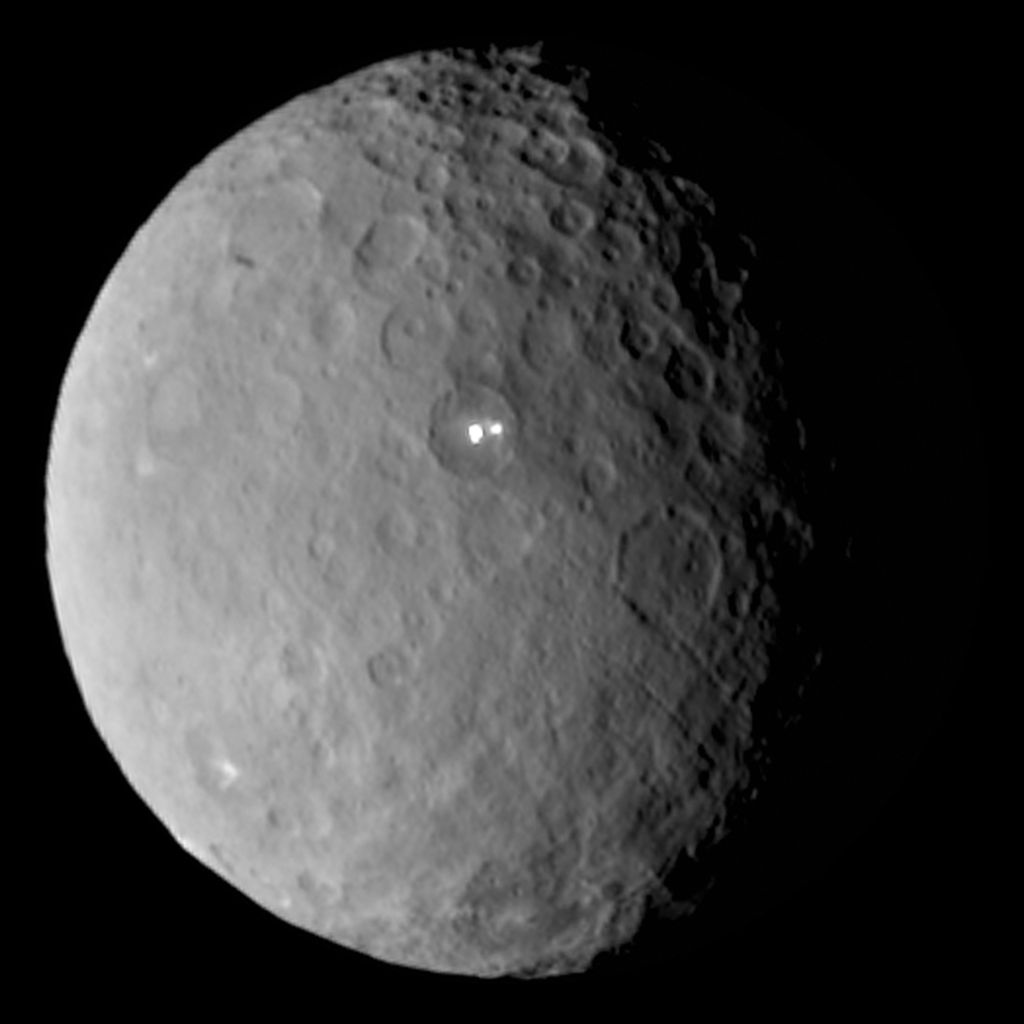
Researchers from NASA’s Dawn mission find that the axial tilt of Ceres — the angle at which it spins as it journeys around the sun — varies widely over the course of about 24,500 years. Astronomers consider this to be a surprisingly short period of time for such dramatic deviations.
15 March 2017
Relativistic electrons uncovered with NASA’s Van Allen Probes
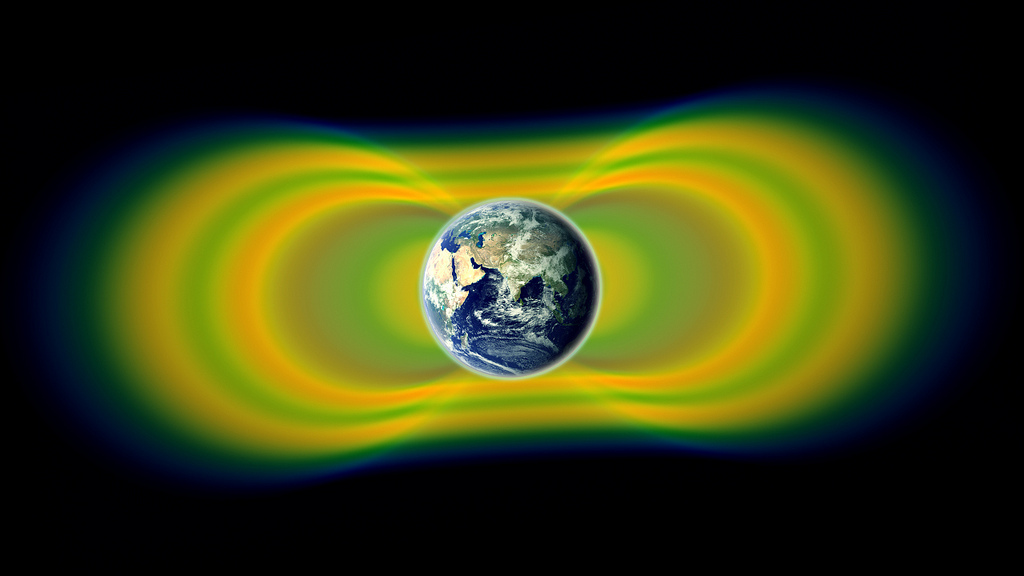
Earth’s radiation belts were discovered over fifty years ago, but their behavior is still not completely understood. Now, a new study finds there typically isn’t as much radiation in the inner belt as previously assumed – good news for spacecraft flying in the region.










 GeoSpace is a blog on Earth and space science, managed by AGU’s Public Information staff. The blog features posts by AGU writers and guest contributors on all sorts of relevant science topics, but with a focus on new research and geo and space sciences-related stories that are currently in the news.
GeoSpace is a blog on Earth and space science, managed by AGU’s Public Information staff. The blog features posts by AGU writers and guest contributors on all sorts of relevant science topics, but with a focus on new research and geo and space sciences-related stories that are currently in the news.